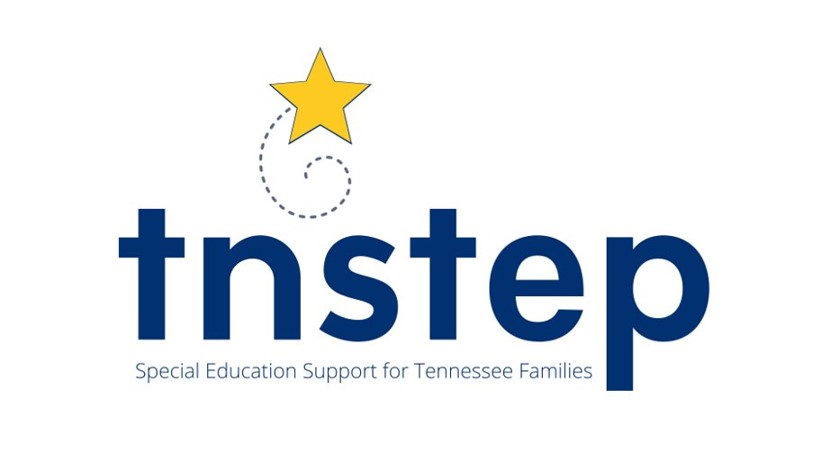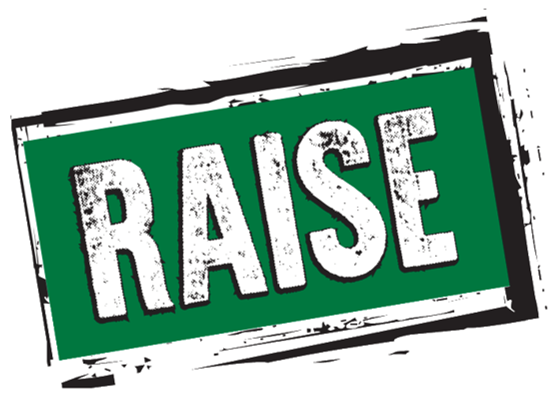To understand how to develop culturally responsive transition practices, it is important for educators to first acknowledge their own cultural values and then recognize how students’ diversity impacts future planning. The following are recommendations educators should follow to support transition-age culturally and linguistically diverse (CLD) youth and their families during transition planning.
- Develop increased knowledge and sensitivity of the students’ and families’ cultures, experiences, and values.
- Attend pre-service and in-service training and/or courses on topics related to issues that impact youth and families from CLD backgrounds (e.g., history, perspectives involving placement in special education, and cross-cultural communication).
- Learn how certain activities and concepts (e.g., eye contact, gender roles, work ethic, disability) affect the culture.
- Request internships and practicums in diverse racial and socioeconomic settings. Develop relationships to build trust and rapport with students and families in addressing their concerns, needs, and safety.
- Attend community events where interaction with diverse groups may occur.
- Be sensitive to the basic survival needs of families. Take the time to build trust, rapport, and credibility with immigrant families to ease fears of deportation or interaction with presumed government authorities, and decide what strategies will best suit their families.
- Acknowledge that English may not be the dominant language in the home rather than assuming that English is understood.
- Speak slowly, and listen more.
- Support the values of the family when identifying transition goals, work-based learning experiences, independent living, and community participation.
- Ask questions of families and students that reflect respect for their culture, religion, and values as they pertain to planning for life after high school.
- Identify the views of the youth and family on education, employment, and independent living, including vocational training and community work experiences.
- Use methods, models, and questions for transition assessment that involve input from students, family, friends, and other key stakeholders to ensure culturally responsive data collection.
- Work in partnership with families to better understand their unique perspectives.
- Offer guidance and support in understanding the transition planning process.
- Provide families with information on special education laws related to transition, in a form that is easy for them to understand.
- Create a checklist for parents targeting required transition milestones.
- Use interpreters familiar with the culture of the family and trained in the basics of special education and transition law.
- Access parent resource centers to support the needs of youth from CLD backgrounds in the transition process.
Engaging in Culturally Responsive Transition Planning
Culturally Responsive Transition Planning
Transition Planning Tips for Linguistically and Culturally Diverse Youth with Disabilities

